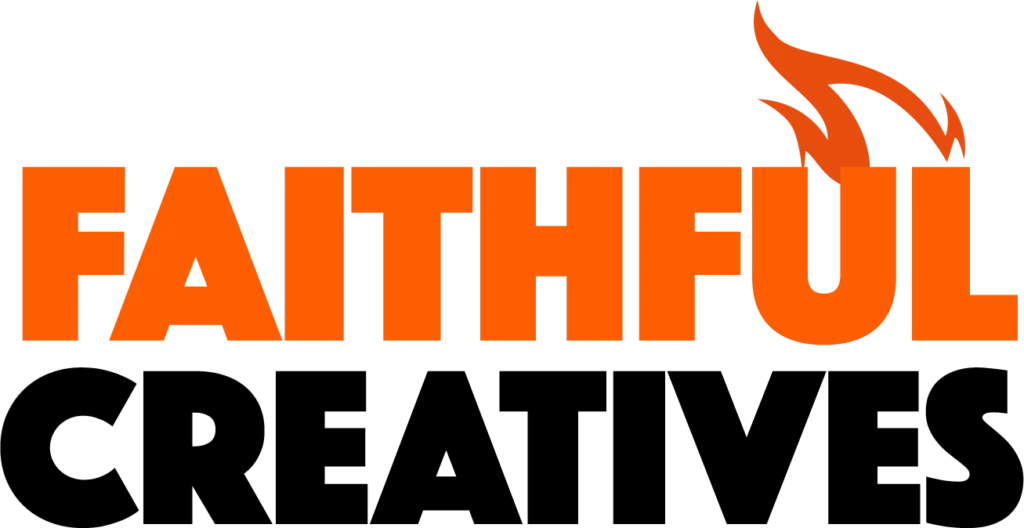You need to have your peas on a plate or they just roll on the floor.
Know what I mean?
You have value to share with the world but if you can’t plate it up in a way that makes sense, who’s gonna come eat at your table? A plate or dish works well for lunch and dinner, but how do you deliver thoughts and ideas?
Choosing a way to deliver your knowledge, and crafting the recipe so there’s the right amount of inspiration, education, and application mixed in the meal is an important part of your audience satisfaction.
Your online courses need to deliver outcomes, not just inputs.
Too many courses tend to weigh heavy on information, thinking that volume of content equals multiplied value for the end customer, but this is not always the case. I have learned this by experience. I’m a content creation machine, and feel very comfortable behind a content wall. The truth though, is that action is where the action is, and change arrives on a moving a train, not stationary in a chair passively stacking up more knowledge.
Knowledge applied is the essential component for change and transformation. How will your training and online education materials help people to act on what you teach? This is a question worth asking again and again at every junction of your value delivery journey.
In a world of distraction and overwhelm, where time is the commodity in the shortest supply, results are rare. People want results, and ideally, they want them quickly, and overwhelm rapidly leads to inactivity. Think of a deer caught in the headlights, and you’d have the right picture. That’s how most people feel when they step inside an online course!
Admittedly, there are outcomes that cannot be dished out in minutes, and that’s fine, but always remember that your students do not need to know everything in order to learn the anythings they came to grasp and go home with under their belt.
Even better, what is the one thing they expect to learn from their time with you?
Knowing your outcome with laser-sharp accuracy will help you eliminate all of the good things that that might distract from the end game. The obvious distractions are not the foxes that spoil the learning vine, it’s all of the additional awesomeness that sites just on the periphery of your core aim that is the danger. The good stuff that can just confuse if you are not careful; too much information, too many options, and choices. People don’t want choices. In most situations, most people do not want choices they want clarity.
Larger courses may cover lots of bases, but even here the structure of the course should slice and dice the outcomes into manageable bites.
Your modules, lessons, and steps, should each be carefully crafted to carry your customer to clarity and mastery.
Using a platform like Podia, or similar course-centric services, can help you do this for sure, but even leveraging a dedicated platform to deliver your content is only one step in the game.
How you deliver the information is key. How is the thought or skill broken down in ways that someone else can grasp and internalise? What assumptions are you inadvertently making about your student’s prior knowledge or experience?
Many years ago I was praying and the Lord took me into a vision. Sounds grand maybe, but really it was just His way of getting through to me. I saw myself on top of a wooden framed house, furiously banging on the roof frame with a hammer. No walls, just a spider of a structure, and here I was banging on the roof. With every strike I was shouting, “Miracles, Lord, give me miracles”.
I then heard the Father speak. “Get down off the roof, son, and build the foundations.”
It was a lesson that’s stayed with me for the rest of my life. So much so that 30 years later I’m writing about it here. It still strikes me, as a teacher of God’s Word, and other transferrable skills, that foundations are the things that uphold the entire structure.
So many people are promised outcomes on sales pages and in presentations, but too often they are looking for is a quick hitch to the top floor, without digging in and underpinning what they want to build into their life.
Be sure to underpin your instructions with the thinking and beliefs that ensure the potential and probability of long-term application by your students. They must move from emulation to actualization – making what you teaching their own.
Miracles happen every day, change and transformation are possible and probable, but only if the delivery of your content is structured in ways that are palatable and possible for your prospects.
Benjamin Franklin is coined as saying:
“Tell me and I forget,
teach me and I remember,
involve me and I learn.”
The Scriptures put it this way:
“But be doers of the word, and not hearers only, deceiving yourselves. For if anyone is a hearer of the word and not a doer, he is like a man observing his natural face in a mirror; for he observes himself, goes away, and immediately forgets what kind of man he was. But he who looks into the perfect law of liberty and continues in it, and is not a forgetful hearer but a doer of the work, this one will be blessed in what he does.” James 1:22-25
Try and find ways to move your learning community through the stages of inspiration (wanting to learn and energised to find out how), education (step-by-step show and tell so they can emulate), and onto application (actually doing what’s taught and being able to teach someone else).
Finally, the capstone of this teaching and learning trinity, and the fourth essential – Celebration!
Always celebrate your student’s victories, and bake milestones into your learning pathway for them to recognize their progress. Help them to engage with their own awesome and enjoy tangible results for their investment of time.



